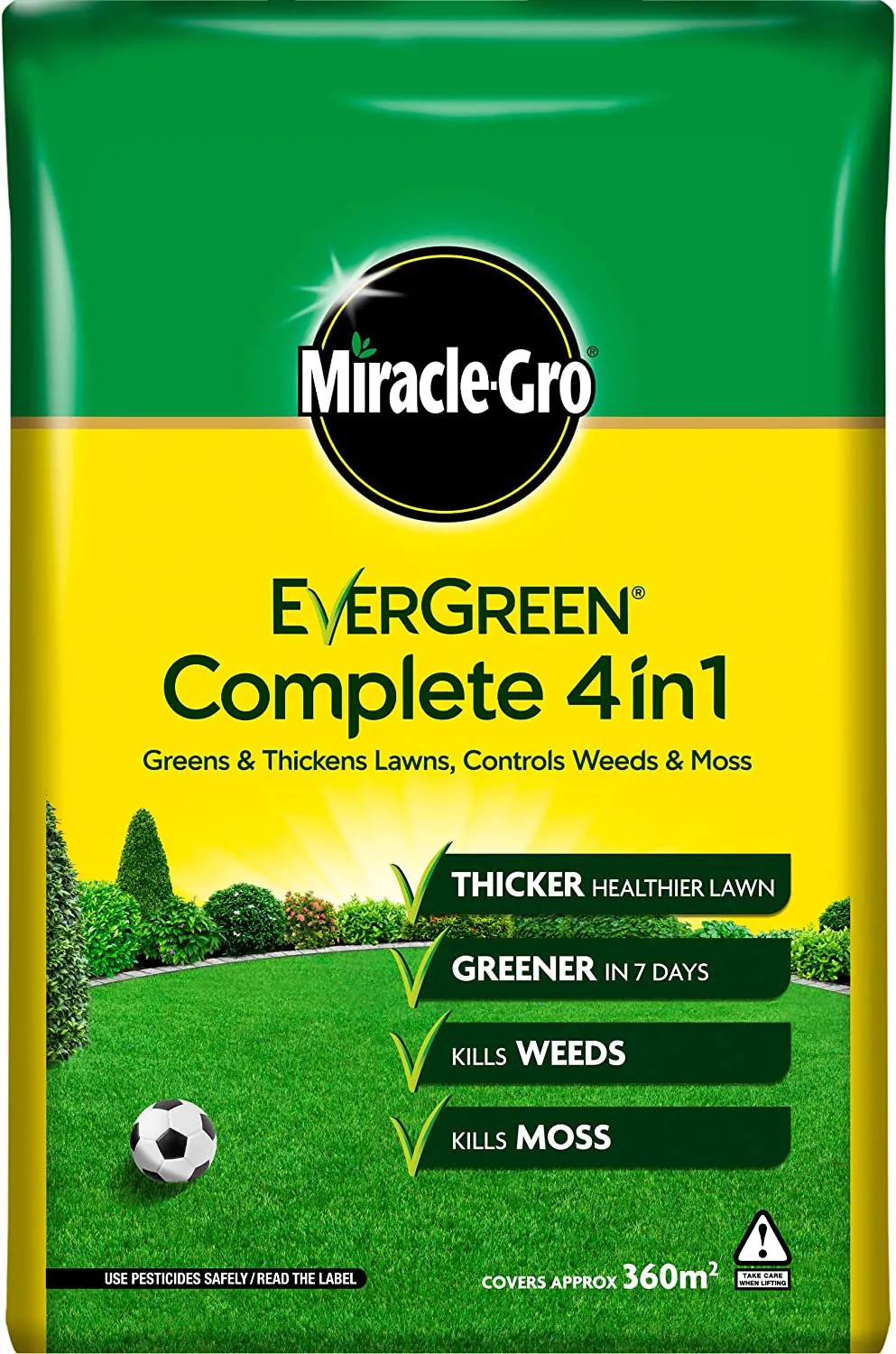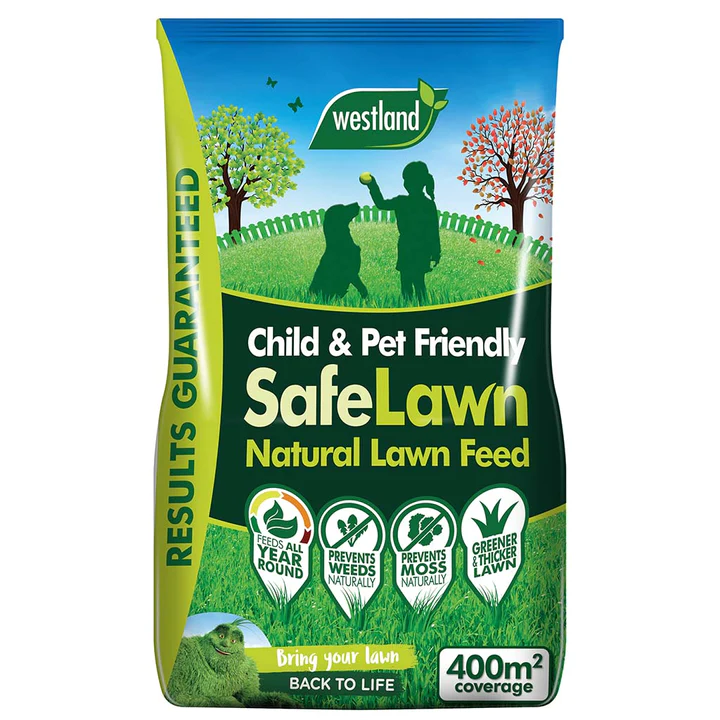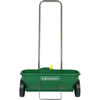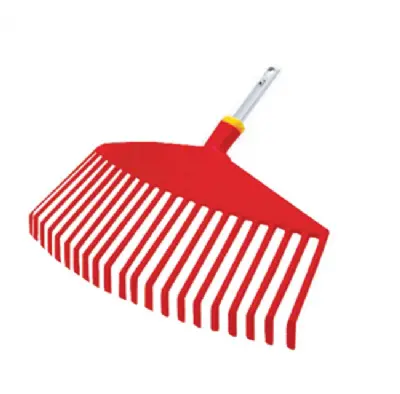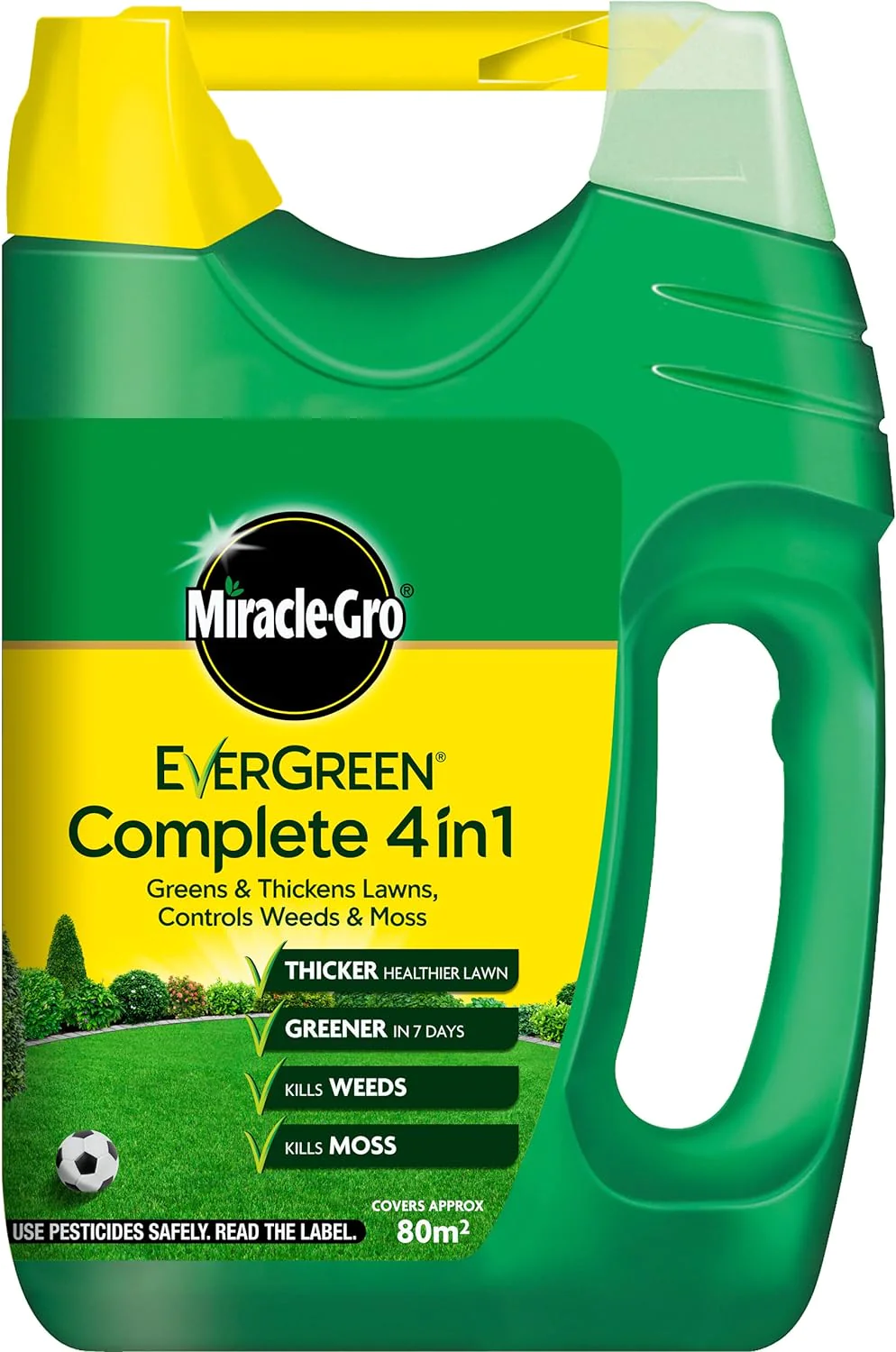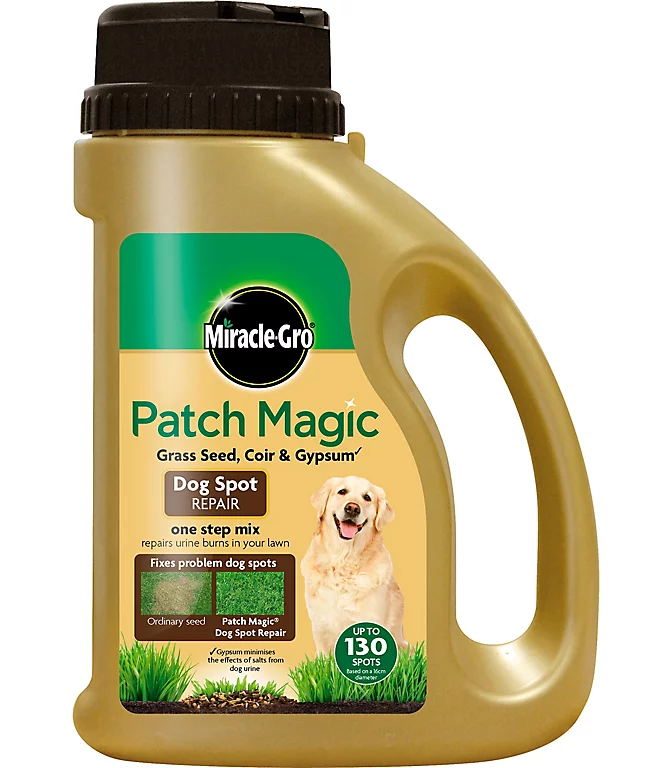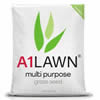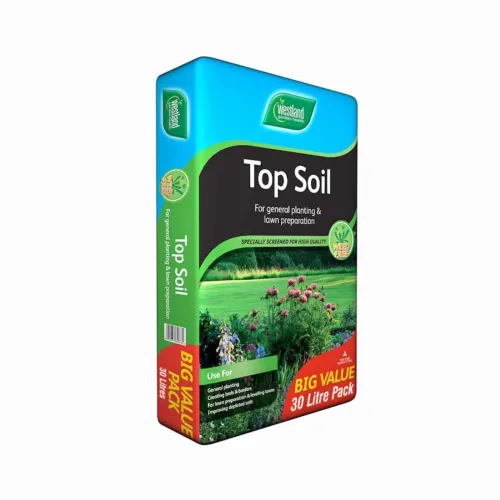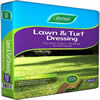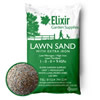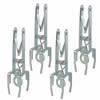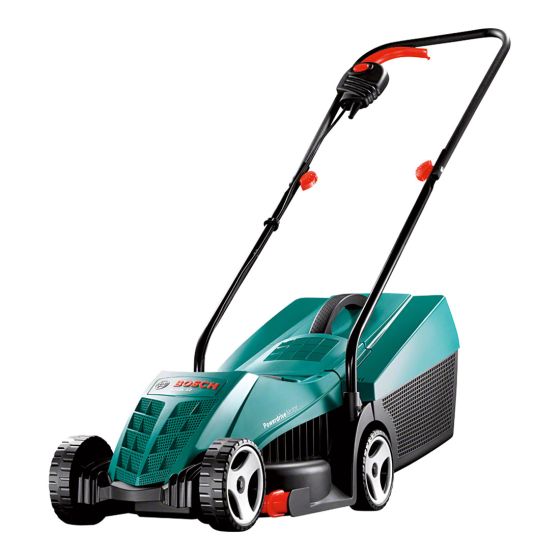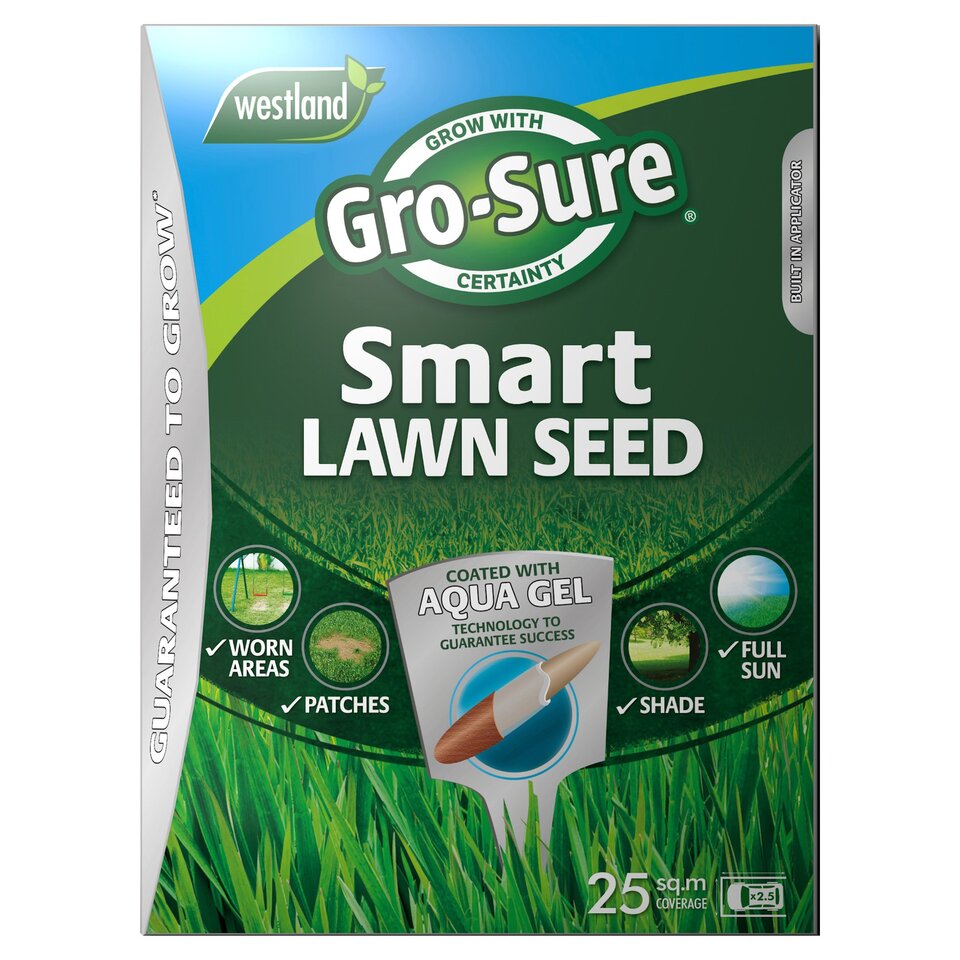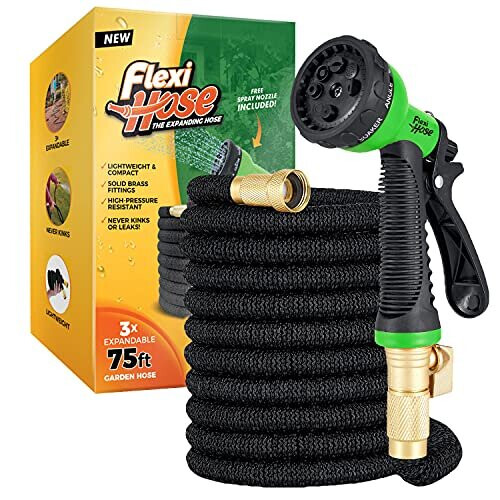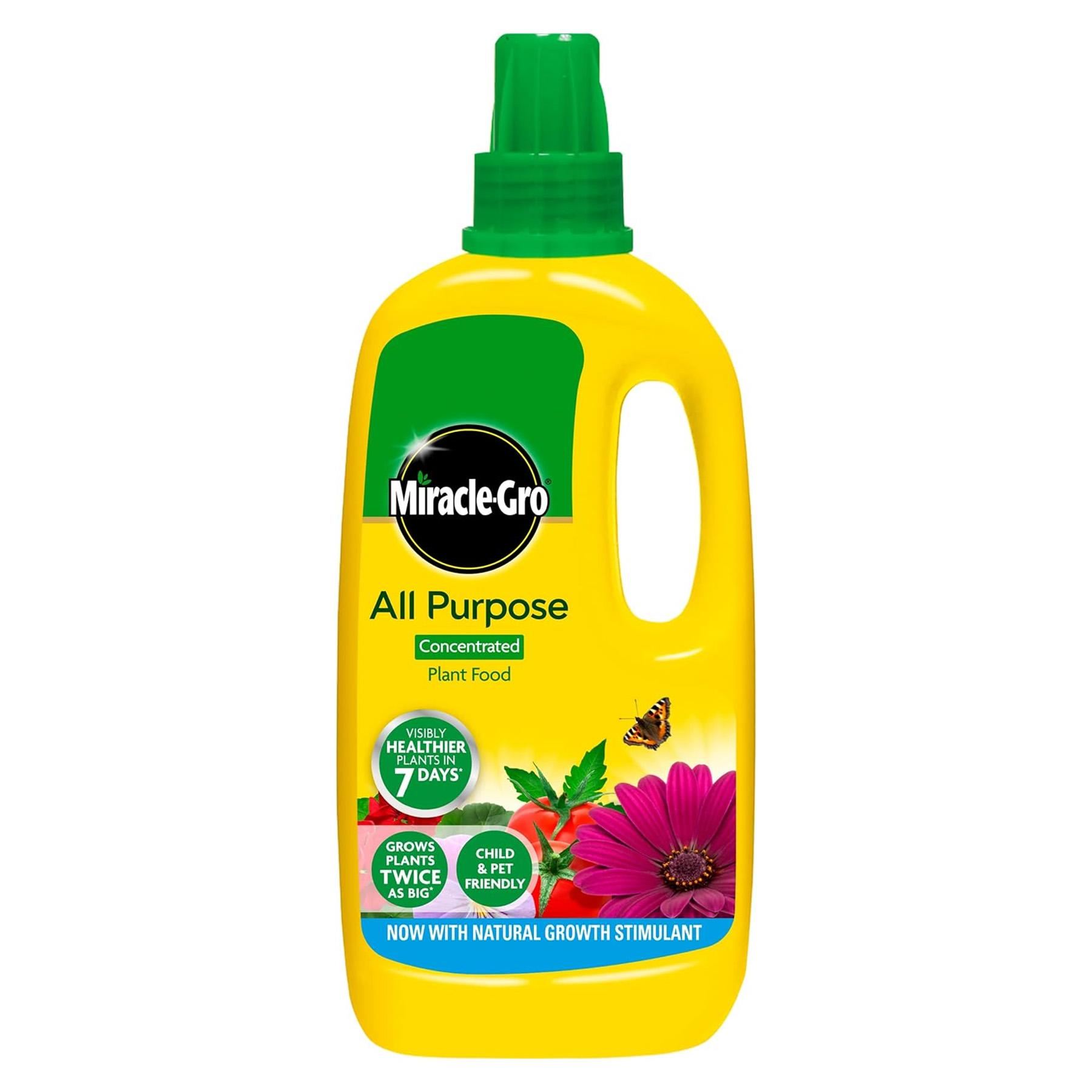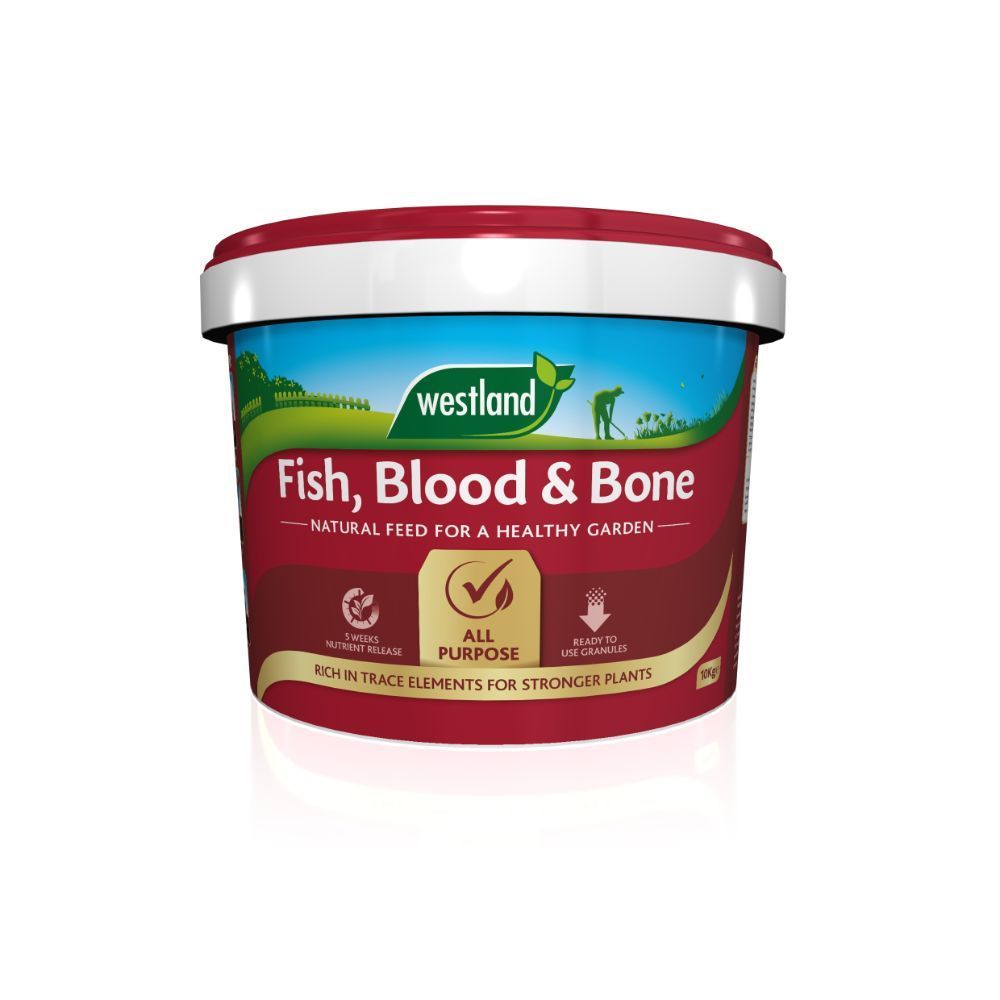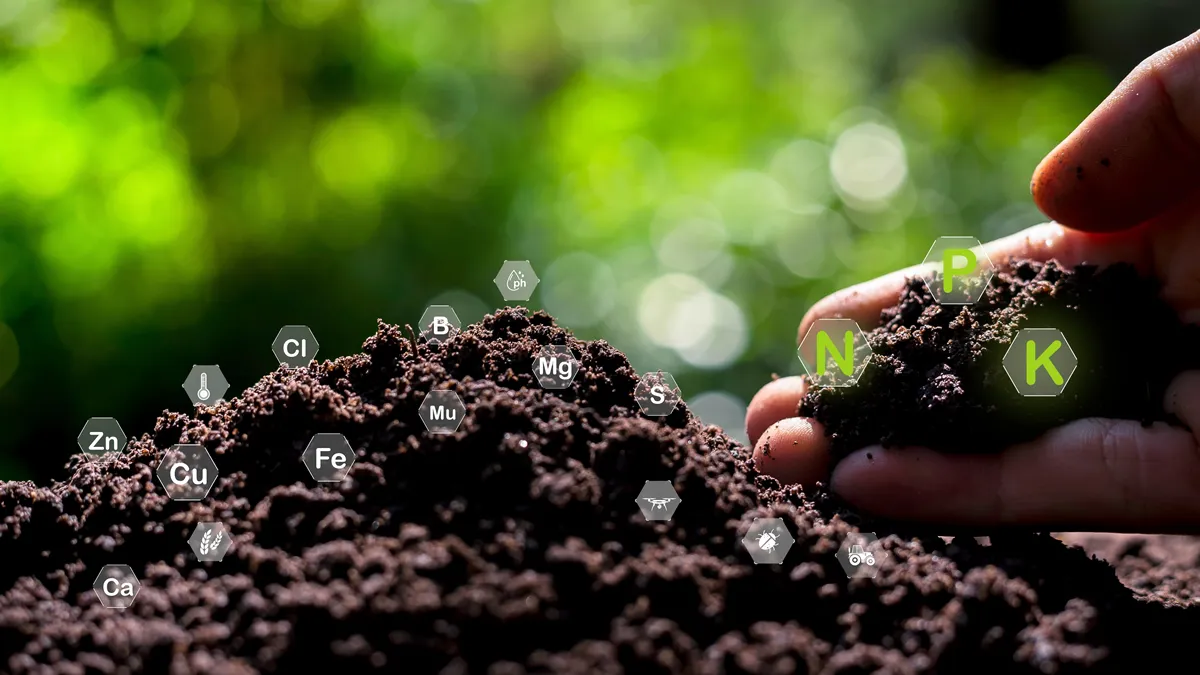
Chapter 1: The Groundwork for Greenery
Great landscapes start from the ground up. A sodden, soft bed promotes deep root growth, provides essential nutrients, and ensures your lawn has a sturdy foundation to withstand life's elements. We'll start by unearthing the fundamentals of soil quality and why it matters.
Soil Composition 101
Did you know the soil beneath you is teeming with life and matter? Soil is made up of four key components: mineral particles, organic matter, water, and air. The ratio and interaction of these components determine the soil's texture, fertility, and overall quality.
How Does Soil Quality Matter for Your Lawn?
The soil your lawn calls home influences water retention, drainage, pH levels, and ability to support beneficial organisms such as earthworms and microorganisms. It's the stage for a complex dance of vital nutrients that grasses require to grow and stay verdant.
Chapter 2: Earth in Our Hands – Soil Types and Traits
The kind of soil underfoot is as varied as the grasses that can grow above it. Understanding soil types is crucial in tailoring care to the specific needs of your lawn.
The Six Soil Types
There are six main soil types: clay, sandy, silt, peat, chalky, and loamy. Each type has distinct textural and drainage characteristics. While pure versions of these soils are rare, most soils are a combination, known as loam, and can be described as a sandy loam or a clay loam depending on their dominant features.
Testing for Type
You can identify your soil's type by performing a simple test. Rub the soil between your fingers and feel the grit. Clay will be sticky and smooth, while sand feels gritty and falls through fingers. Silt is smooth like clay but not sticky. Knowing the soil type dictates the frequency of watering, types of grass that thrive, and the need for amendments.
Chapter 3: The Heart of the Harvest – Soil’s Impact on Plants
Do you wonder why some lawns seem to naturally resist disease and weather stress, while others flounder? Soil has a crucial role to play in the health and resilience of your greenery.
Nutrient Uptake and the Role of Soil
Plants derive minerals and nutrients from soil for growth, development, and disease resistance. Healthy soil provides a rich buffet of essential elements that support robust root systems and upward growth.
Oxygenation and Disease Prevention
Aerated soils permit oxygen to reach plant roots, essential for the respiration process. Conversely, waterlogged soils cut off this essential gas exchange, making plants more vulnerable to diseases like root rot.
Chapter 4: Geology 101 – Probing Your Lawn's Soil
How do you know if your soil measures up? The answers lie in a soil test, a homeowner's geology report that helps decode the mysteries of soil's composition.
DIY Soil Testing
There are do-it-yourself soil testing kits available that can provide basic insights into your soil's pH levels, which affects nutrient availability, and overall nutrient content. Collecting a sample is easy. Simply scoop from multiple spots in your lawn, prepare the soil, and send it off for analysis.
Professional Soil Testing Services
For a deeper, more comprehensive analysis, professional soil testing services can pinpoint exact nutrient deficiencies and provide tailored advice on amendments.
Chapter 5: Tilling Success – Soil Improvement Through Natural Means
Fortifying your soil is a landscape investment that yields dividends in your lawn's health. Natural methods offer a sustainable approach that nourishes the earth over time.
Composting – Black Gold for Your Greenery
Compost enriches soil with organic matter, improving structure, water retention, and nutrient levels. You can create your own compost from kitchen scraps, yard waste, and even organic lawn clippings.
Mulching for Moisture and Microbes
Mulch insulates the soil, retaining moisture, suppressing weeds, and fostering the growth of beneficial microorganisms. A layer of mulch is a protective blanket for the soil in cooler seasons.
Chapter 6: Fertilizers and Formulas – The Chemical Connection
Sometimes, organic methods need a little boost from modern science. Fertilizers and amendments can be the turbocharge for your lawn's health.
Understanding Fertilizers
Fertilizers are chemical or natural substances that are applied to soil or plants to supply essential elements that enhance growth. N-P-K ratios on fertilizer bags represent the percentage, by weight, of Nitrogen, Phosphorus, and Potassium, the three most critical nutrients needed for plant development.
Balancing the pH
The pH scale measures the acidity or alkalinity of soil. Most grasses prefer a slightly acidic pH around 6.0-7.0. Lime or sulfur can be added to raise or lower pH levels, respectively, improving nutrient availability.
Chapter 7: Success Stories – Case Studies in Lawn Soil Quality
Perhaps you're wondering if the effort truly pays off. Stories of transformed landscapes provide the inspiration to roll up those sleeves and get to work on your soil.
The Tale of Terran's Turf
Terran spent a few weekends aerating and applying topsoil to his compacted, nutrient-starved lawn. Within months, his grass was thicker and more vibrant than it had been in years, the thick layer of organic topsoil conserving moisture and fostering nutrient exchange.
Maria's Marvelous Mulch
Maria's use of mulch and organic matter was her secret to success. She layered on a two-inch topping each season, allowing it to decompose into the soil and improve its structure. Her lawn is now one of the lushest in the neighborhood, thanks to a healthy, aerated soil bed.
Chapter 8: Cultivating a Culture of Soil Stewards
In conclusion, soil quality isn't just the foundation of a healthy lawn; it's the cradle that nurtures the greenery we so appreciate. By understanding and actively managing your soil, you're not just tending to a lawn. You're becoming a steward of the living, breathing earth beneath you.
Taking the First Steps
If you haven't already, take a moment to inspect your lawn. Consider the moisture level, how grass grows, and the presence of earthworms—an indicator of rich, aerated soil. Small changes like applying organic matter or simply reducing your lawn's need for water can begin the transformation of your soil.
Long-Term Commitment to the Land
Think of your soil as a living organism—one that responds to care and delivers beauty when nurtured. Each season brings new opportunities to improve soil quality, from autumn aeration to spring fertilization. Remember, your dedication to the earth will be repaid in myriad ways, making it possible for your lawn to not just survive, but to thrive.
Gardening is an ongoing dialogue with nature—one that requires patience, observation, and a willingness to modify our approaches. Armed with the knowledge and practices outlined here, you are on your way to fostering a lawn that's more than just a patch of grass; it's a testament to your skill as a soil steward. Take these principles to heart, watch your lawn unfold in brilliance, and know that the health of your soil is the central actor in your greener, grander garden.


